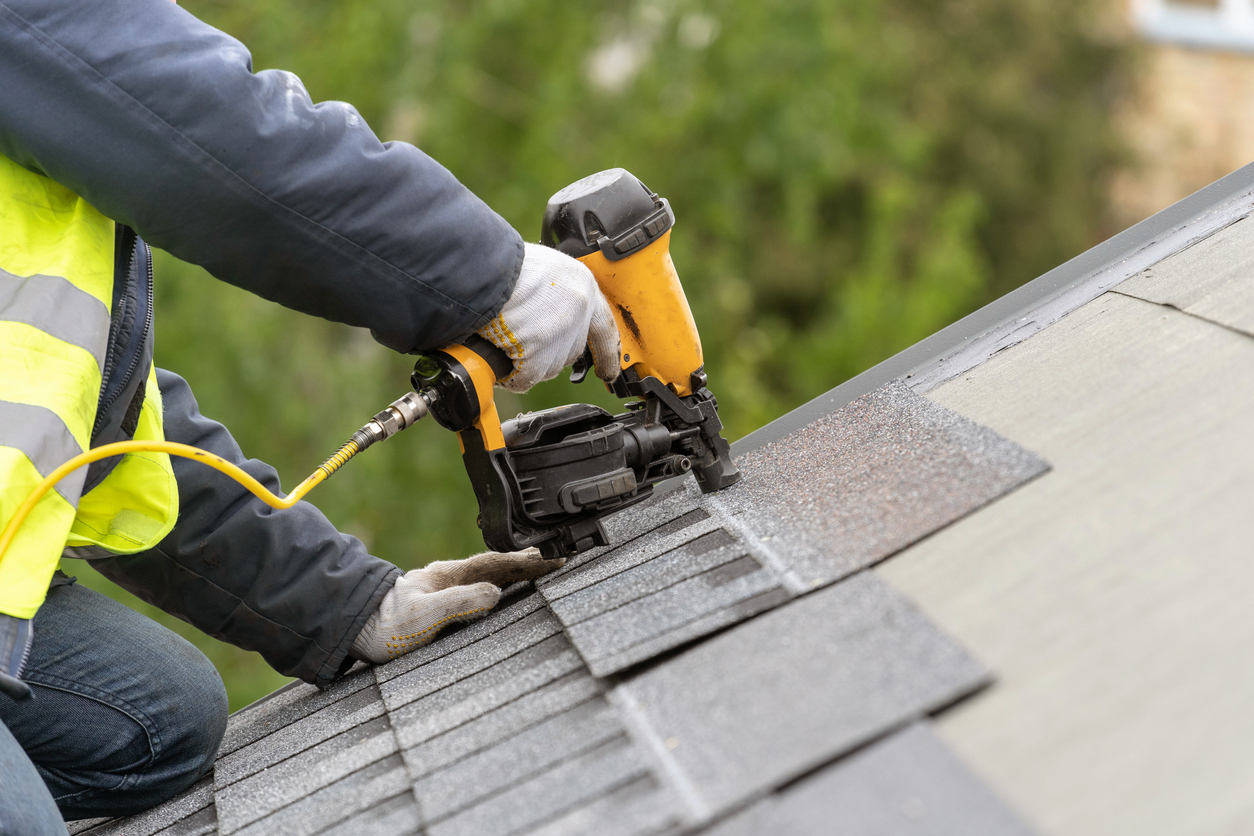As the scorching summer sun beats down on your home, the last thing you want…

DIY Roof Repair Tips Every Homeowner Should Know
When it comes to maintaining a home, one of the most daunting areas to focus on is the roof. A well-maintained roof ensures the protection of your home and everything inside it. However, over time, roofs can develop issues that require repair.
While hiring a professional roofing service is always an option, many homeowners prefer to take matters into their own hands by attempting DIY roof repairs. This comprehensive guide will provide essential roofing repair tips to help homeowners tackle common issues and ensure the longevity of their roofs.
Signs That Your Roof Needs Repair
Before diving into the repair process, it’s essential to identify the signs that indicate your roof needs attention. One of the most obvious signs is water leaks. If you notice water stains on your ceiling or walls, it’s a clear indication that your roof has a leak.
Other signs your roof may need repair include:
- Missing shingles
- Damaged shingles
- Curling or buckling shingles
- Visible signs of wear and tear
It’s important not to ignore these signs as they can lead to more significant problems if left unaddressed. Also, if you are unsure about the condition of your roof, you can always count on professional roof inspection services to help you with your assessment.
Steps to Take Before Starting the Roof Repair Process
Before embarking on a DIY roof repair project, it’s crucial to take certain steps to ensure a smooth process. Firstly, assess the extent of the damage and determine whether it’s a job you can handle on your own. If the damage is extensive or requires specialized knowledge, it’s best to consult a professional.
Additionally, before you tackle any roof repairs, you need to make sure the weather is ideal for working outside. Weather like rain and wind can create an unsafe environment for being on a roof. You’ll also want to ensure you have a safe and stable working environment by clearing the area of any debris or obstacles.
Essential Tools and Materials for Roofing Repair
To successfully repair your roof, you’ll need a set of essential tools and materials. These include:
- Roofing Nails: These are essential for securing shingles and other roofing materials in place.
- Hammer: A sturdy hammer is necessary for driving nails into the roof.
- Pry Bar: This tool helps in removing damaged or loose shingles.
- Roofing Cement: This adhesive is crucial for sealing gaps and preventing leaks.
- Replacement Shingles: Having extra shingles on hand is essential for patching up damaged areas.
By having these tools and materials readily available, you’ll be well-prepared to tackle just about any roofing repair job.
Common Roofing Problems and their Solutions
1. Roof Leak
Roof leaks are a common problem that requires immediate attention. To fix a roof leak, start by locating the source of the leak. This can be done by inspecting the attic for any signs of water stains or following the trail of water drips. Once you’ve identified the source, apply roofing cement to seal the leak. If the leak is caused by a damaged or missing shingle, replace it with a new one.
2. Missing Shingles
Missing shingles can leave your roof vulnerable to water damage and other issues. To replace a missing shingle, carefully lift the surrounding shingles and slide the new shingle into place. Secure it with roofing nails and apply roofing cement to ensure a watertight seal.
3. Damaged Roof Flashing
Roof flashing, which is the material used to seal joints and prevent water penetration, can become damaged over time. To repair damaged roof flashing, remove the old flashing using a pry bar and replace it with a new piece. Secure the new flashing with roofing nails and apply roofing cement for added protection.
Safety Precautions to Keep in Mind During Roof Repair
While DIY roof repairs can save you money, it’s essential to prioritize safety. Here are some crucial safety precautions to follow:
- Use proper safety gear, including a hard hat, safety goggles, and non-slip footwear.
- Use a sturdy ladder and ensure it’s properly secured before climbing.
- Have another person on the ground to spot you, just in case.
- Avoid working on the roof during extreme weather conditions such as rain or high winds.
- If you’re uncomfortable or unsure about any aspect of the repair, consult a professional.
By following these safety precautions, you can minimize the risk of accidents and injuries during the roof repair process
DIY Roofing Repair vs. Hiring a Professional
Deciding whether to tackle a roof repair yourself or hire a professional can be a tough choice. While DIY repairs can save money, they require time, effort, and a certain level of skill. On the other hand, hiring a professional ensures the job is done correctly and efficiently, but it comes at a higher cost.
Consider the complexity of the repair, your experience with roofing projects, and the availability of professional services in your area. If the repair is minor and you have the necessary skills, DIY may be a viable option. However, for more complex repairs or if you’re unsure of your abilities, it’s best to leave it to the experts.
For professional roof repairs that you can trust, look no further than Class Roofing in Denver, CO.
Expert Roof Repair Services for Uncompromised Protection With Class Roofing in Denver, CO
When it comes to roof repairs that require professional expertise, it’s important to rely on trusted and experienced roofing services. Class Roofing in Denver, Colorado, offers expert roof repair services to ensure uncompromised protection for your home. Don’t hesitate to call us for all your roofing needs.
Contact us today to get started on roofing repairs that will keep your home safe for years to come.


